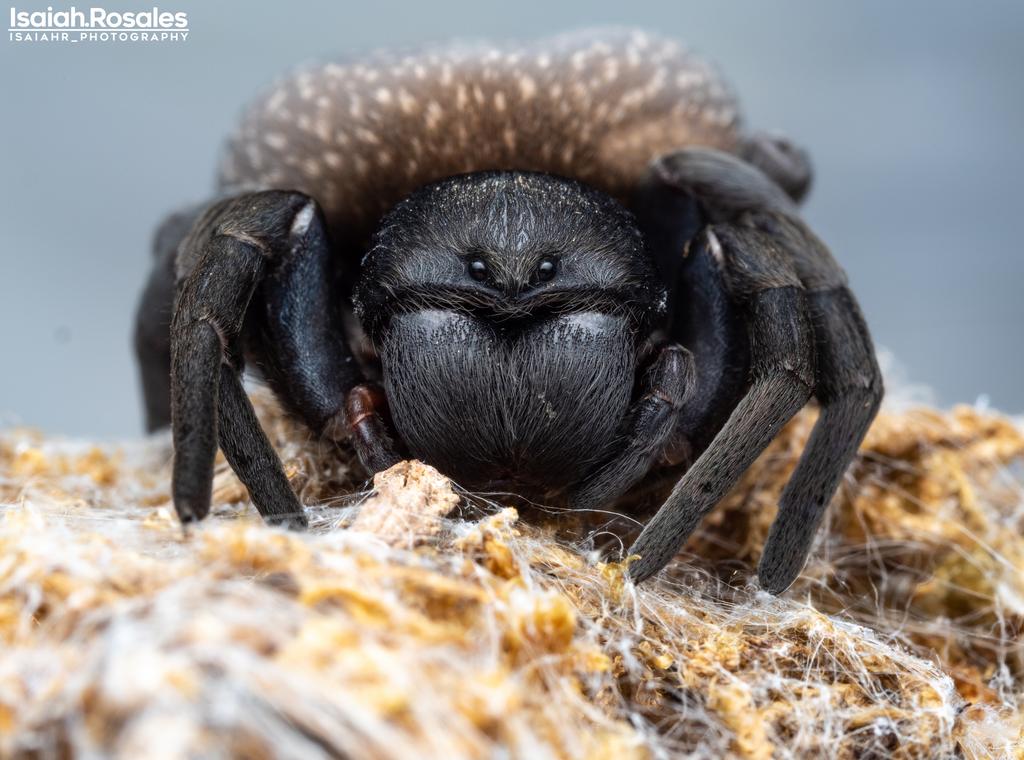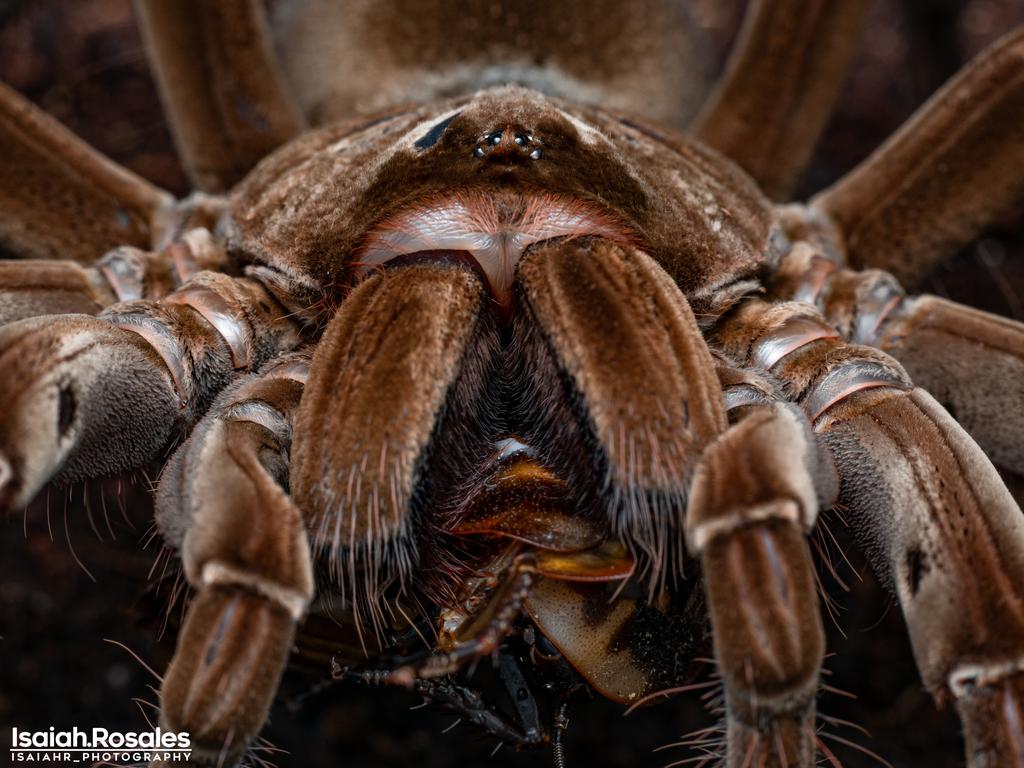Flexzone
Arachnodemon
- Joined
- Mar 1, 2015
- Messages
- 721
Psalmopoeus pulcher - Younger juvenile

Psalmopoeus pulcher - Juvenile

Nhandu tripepii - Juvenile female

Poecilotheria rufilata - Sub adult female


Psalmopoeus pulcher - Juvenile

Nhandu tripepii - Juvenile female

Poecilotheria rufilata - Sub adult female









